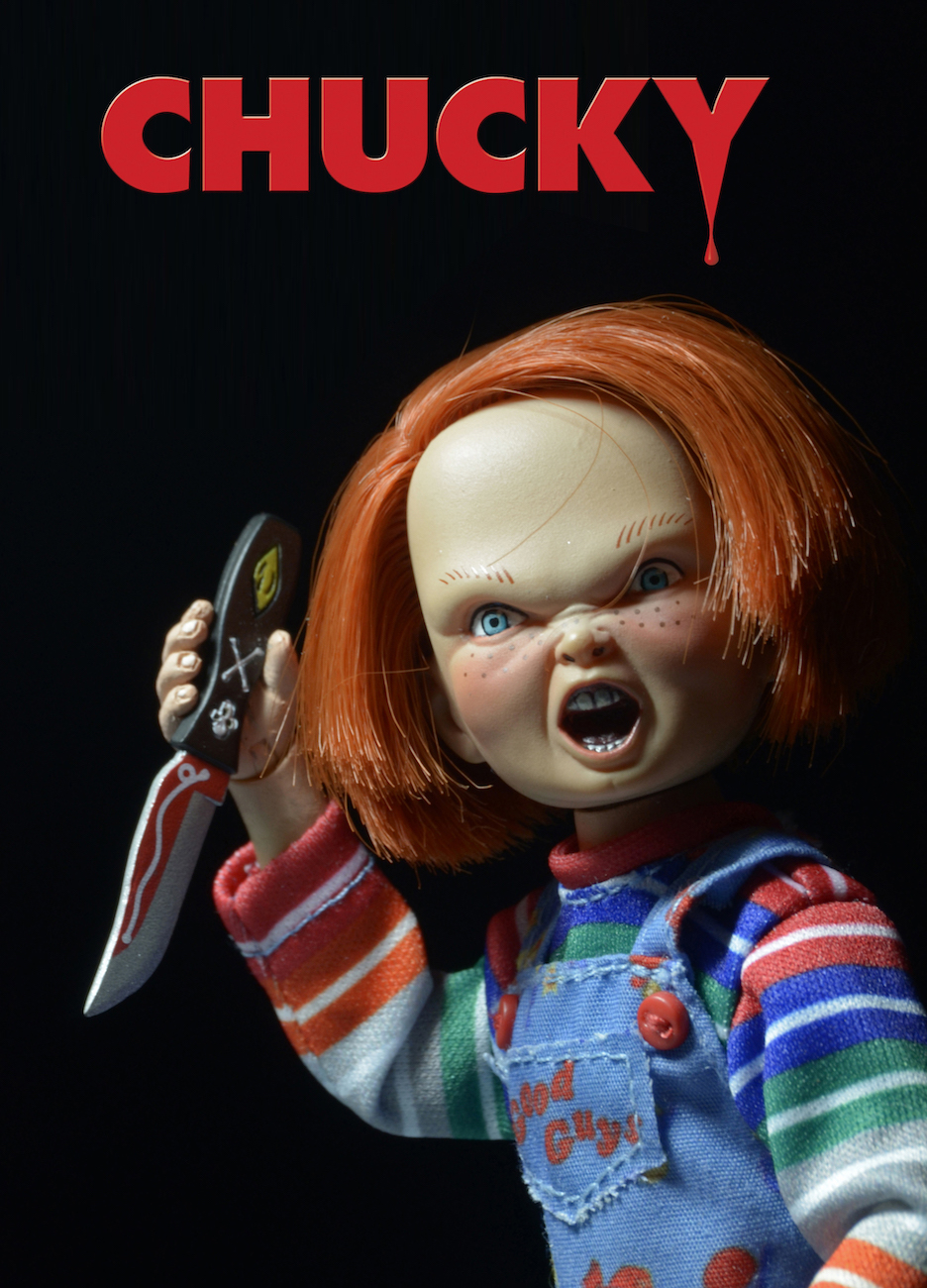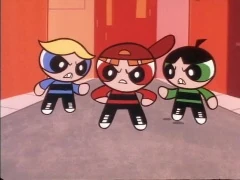These two iterations of the
Powerpuff Girls give very different perspectives on the ideas of how children’s
media should be as well as how to progress/express feminism in a constructive
manner. Both episodes picked focus on the girls fighting a traditionally masculine
villain and how they overcome the obstacle. While both shows are aimed at
expressing a “girl power” message and attempt to appeal to a young demographic,
both do so in very different ways that reflect the era of the shows creation.
While the original Powerpuff Girls feels like an action show with feminist undertones and lessons, the new one feels more centered on getting a message across and putting the storyline second. The genre is undoubtedly action/comedy for both; however the ways in which they treat their audience and present their overarching societal message are entirely different.
1990’s: The Rowdyruff Boys
-Mojo Jojo is using traditionally masculine/gross things to
create male counterparts for the girls, returning to schoolyard ideals of boy
vs girl
(boys: snips, snails, and a puppy dog’s tail - and girls: sugar, spice, and everything nice)
-Brick, Boomer, and Butch are stereotypes for young boys;
being violent, “gross,” and unruly. They are direct counterparts to the girls, with
very similar appearances to them
-The boys treat the girls in regards with schoolyard ideals
of boy’s vs girls; referencing sexism. This is in contradiction to reality, as
they appear to be equally matched. Also, the girls seem to partake in this
minimally.
-The differences of man v woman are even shown in fight
sequences, with the men using more direct force and women are fighting with
relative grace; even using acrobatics in comparison to boxing and martial arts. However, they are portrayed to be equally effective styles.
-An interesting addition here is Mrs. Bellum, who is the
Mayor’s secretary, when he dismisses the girls slamming against the window she
brings the importance of the event to his attention. Later, she is allowed
emotion and is the one who wakes up the girls after defeat. She even convinces the
girls to stay in Townsville and gives them the advice needed to defeat the boys.
-At the end, Buttercup is used to dispute the idea that
little girls like kissing; breaking an ideal
The episode largely focuses on
men and women being equal, as shown in fight scenes. The ideals of sexism are
there, but are mostly integrated into the story rather than being outwardly
stated. They also challenge traditional gender stereotypes through Buttercup at
the end
-If we look at the humor and direction of the show, the humor
is subverted and generally not “loud and in-your-face.” The audience is
required to pay attention and be interactive with the media to gain the
full-effect of the media. The show requires investment and challenges the minds
of the audience with subtle humor that spans the test of time rather than be era-specific.
-The 1990’s was a period that focused heavily on the ideal of
feminism and equal opportunity. It heavily pushed the ideal that men and women
should be equal and properly represented in society. However, there was a large
counter movement that hated feminist ideology. This put feminist propaganda in
a strange spot: they couldn’t state it outright but it also needed to get the
message forward. The Powerpuff Girls demonstrates this as the ideals of
feminism are woven into the story rather than be directly stated.
2016: Man-Up
-In the first scene, the main villain (a traditionally
masculine lumberjack) tells Buttercup she “throws like a girl” and calls her a
“princess” which throws her in a frenzy; showing misogynistic ideals from
Man-Boy (our villain) and a direct response from the girls.
-The humor is less nuanced than in the original, it uses a
lot of repetition and loud/outward humor
-When the other girls are talking to Buttercup, the message is
incredibly forward and not hidden whatsoever, something common in modern
children’s media.
-The main villain is the embodiment of masculinity; using a
giant wooden robot/tank as his weapons and he has an army of raw steaks. He has a
large beard, short hair, and has a large, muscular frame and he frequently
shows off his muscles. He’s trying to spread “manliness” across Townsville.
-The girls revile in disgust after Man-Boy demonstrates his
ability to regrow his beard instantly, showing traditional schoolyard boy v
girl ideologies. Blossom later complains when man boy returns by saying “men,” implying disdain for masculine ideals.
-At the end of the episode, the embodiment of masculinity is
defeated by a contradiction of his character and what could be considered a
representation of feminine ideals; a block of tofu.
The episode seems to be centered
not so much on equality, but on the conflict of masculine and feminine ideals
and may even suggest that the latter is “better” than the patriarchy. The
message is stated outright and can be picked up by a young audience. They use
traditional ideals as a battleground rather than challenge them.
-The humor and feeling of the show is much more flashy and
outward. Most of the jokes require little-to-no thought to understand and tend
to play off things popular in the era of the show. Little investment is
required to keep the audience entertained, and the audience is not challenged.
Most of the humor is juvenile and slapstick, and largely based off of popular culture of the 2010's.
-The way feminism is shown is much more direct, reflecting
the 2010’s modern-feminist movement. Feminism was brought to the mainstream
through news outlets, protests, music, and social media (i.e. tumblr, reddit,
and buzzfeed) and the show reflects this trend. Rather than subverting the
message, we quite literally have the embodiment of masculinity being taken down
by feminine ideology. They use gender ideals as a literal battleground. The girls even state their disdain for male culture by
exclaiming “men” and reject gender-specific labels outright.










